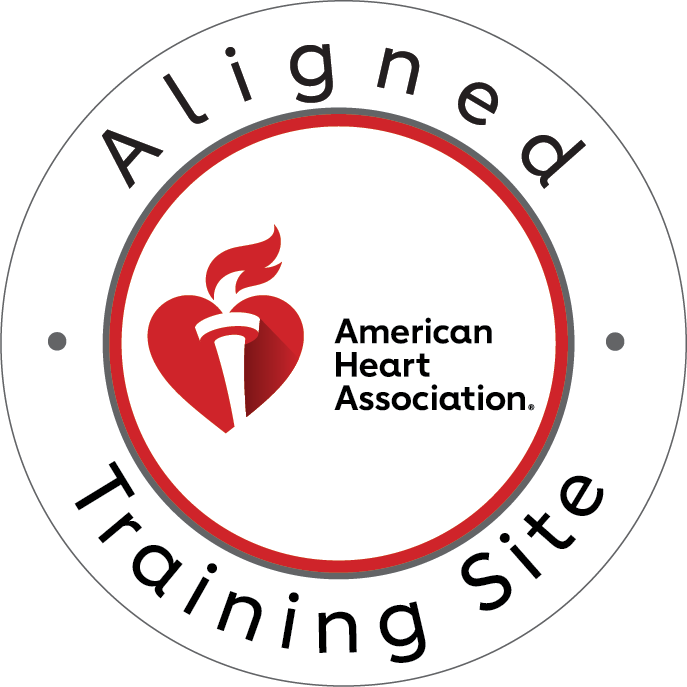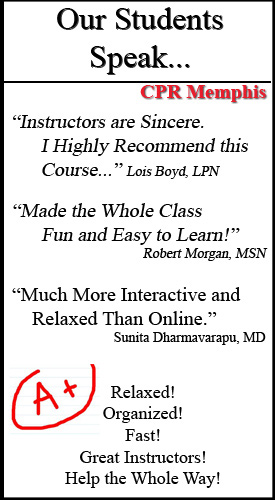Many smokers do not think about the effects cigarette smoking can have on the people in their surroundings. There are two types of smoke that come from cigarettes, mainstream and sidestream smoke. Mainstream smoke is what the smoker breathes out when they exhale. Sidestream smoke is produced from the burning end of the cigarette. Both types of second hand smoke (SHS) are hazardous to anyone who breathes it in. Mainstream smoke is the lesser of the two evils, sidestream smoke contains a higher concentration of carcinogens (cancer causing agents) and the particles are much smaller allowing easier access into human cells. Formaldehyde, carbon monoxide, hydrogen cyanide and benzene are just four of the chemicals one breathes into their lungs when around second hand smoke. Formaldehyde is used to prevent the decay of human corpses, carbon monoxide is a poison also found in the exhaust of a vehicle, hydrogen cyanide is used by exterminators to kill bugs and benzene is found in gasoline! It is obvious this smoke can cause serious damage to the human body.
3,400 people die each year from lung cancer caused by inhaling second hand smoke. 46,000 deaths by heart disease are a result from second hand smoke. Many people do not realize just how many diseases and health problems can be traced back to second hand smoke. Lung cancer is the most popular disease associated with smoke, but it is not the only cancer related to SHS; breast and cervical cancer also have roots in SHS. Second hand smoke is also dangerous to the heart. In just ten minutes time the smoke causes the low density lipoprotein (or “bad” cholesterol) level to rise, clogging the arteries. This increases risk of suffering heart attack or stroke. SHS also causes the platelets inside blood to become sticky and causes damage to blood vessels. All of these factors combined greatly increase risk of developing heart disease. Other diseases such as emphysema and chronic obstructive pulmonary disease (COPD) could also be results of inhaling the smoke.
Children are most susceptible to these health hazards as their lungs are still developing. They also have a higher respiratory rate than adults which means they breathe faster thus inhaling more smoke. Children who have frequent exposure to SHS are more likely to develop infections like pneumonia, bronchitis, chronic cough, asthma, and even ear infections. Sudden infant death syndrome (SIDS) has also been linked back to second hand smoke. SIDS is something that still appears to be a mystery; however in babies that have died from SIDS there is a higher concentration of nicotine in their bodies (a result of second hand smoke). Although it is still being studied, researchers have found that chemicals from second hand smoke inhibit the part of the baby’s brain that regulates breathing.
What can be done to prevent exposure to second hand smoke? That is the big question. Although the simplest solution would be for smokers to quit smoking, many are not willing to do that. Recently many cities have put into effect smoking bans which prohibit smoking in most public places. Hospitals are also cracking down on their rules regarding smoking. Many require smokers to be a fair distance away from the entrance; others are mandating they will only hire non-smokers and force nicotine tests before hiring. It’s hard to ignore the facts; fortunately people are becoming more educated and are making an effort to protect bystanders from the life threatening effects of second hand smoke.
MayoClinic
Center for Disease Control & Prevention





